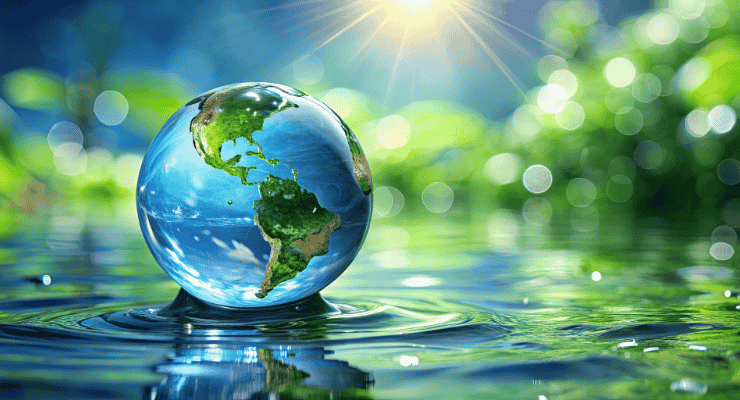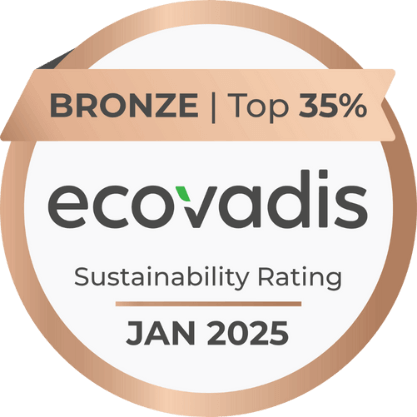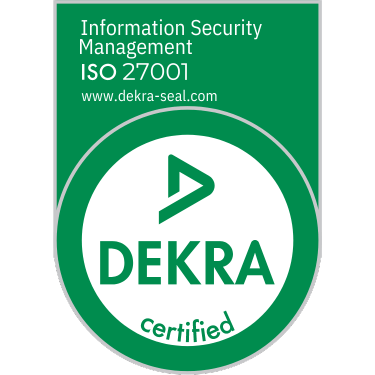Rethinking Water Use: Sustainable Tech and Operational Efficiency in Semiconductor Fabrication

The semiconductor industry, known for its water-intensive fabrication processes, faces mounting pressure to adopt more sustainable practices. Building cutting-edge fabs in arid regions like Arizona, or confronting water scarcity in traditionally wet areas like Taiwan, raises critical questions about water management and long-term environmental impact. Achieving operational efficiency while minimizing water consumption is no longer just an ethical consideration; it's a strategic imperative.
The Colorado River basin's prolonged drought, coupled with TSMC's expansion in Arizona, highlights the delicate balance between technological advancement and resource preservation. Similarly, Taiwan's recent droughts, forcing prioritization of chip production over agriculture, underscore the political and economic implications of water scarcity. These scenarios demand innovative approaches to water conservation and reuse.
Optimizing Operational Efficiency Through Advanced Water Management
Semiconductor fabrication necessitates ultrapure water (UPW) for cleaning processes, with purity requirements becoming increasingly stringent as technology scales down. The volume of water used is directly proportional to the number of photolithography masks employed. To enhance operational efficiency and reduce water consumption, advanced recycling technologies are crucial.
Leading manufacturers are making significant strides in water reuse. TSMC's ambition to become "water positive" demonstrates a commitment to returning more water to local municipalities than they consume. Intel's goal to be "water positive" by 2030, through water restoration projects and increased conservation, further illustrates the industry's commitment to sustainable tech.
Counterflow Reverse Osmosis (CFRO), while more energy-efficient than standard reverse osmosis, still contributes to overall electricity consumption and Scope 2 emissions. Furthermore, it doesn't remove all contaminants, necessitating careful monitoring and treatment of returned water.
The Power of Sustainable Tech for Long-Term Viability
Improved water recycling offers a readily achievable sustainability win for the semiconductor industry. Unlike the challenges associated with phasing out PFAS, progress in water reuse is outpacing market growth. However, true sustainability requires a holistic approach.
The adoption of sustainable tech in water management is essential for the long-term viability of the semiconductor industry. This includes:
- Investing in advanced water purification and recycling technologies.
- Implementing monitoring systems to ensure the quality of returned water.
- Collaborating with communities and authorities to address water resource management.
- Exploring manufacturing processes that minimize water consumption.
By prioritizing operational efficiency and embracing sustainable tech, semiconductor manufacturers can mitigate their environmental impact and contribute to a more resilient and responsible industry. Read more about water use and sustainability in our full report.









